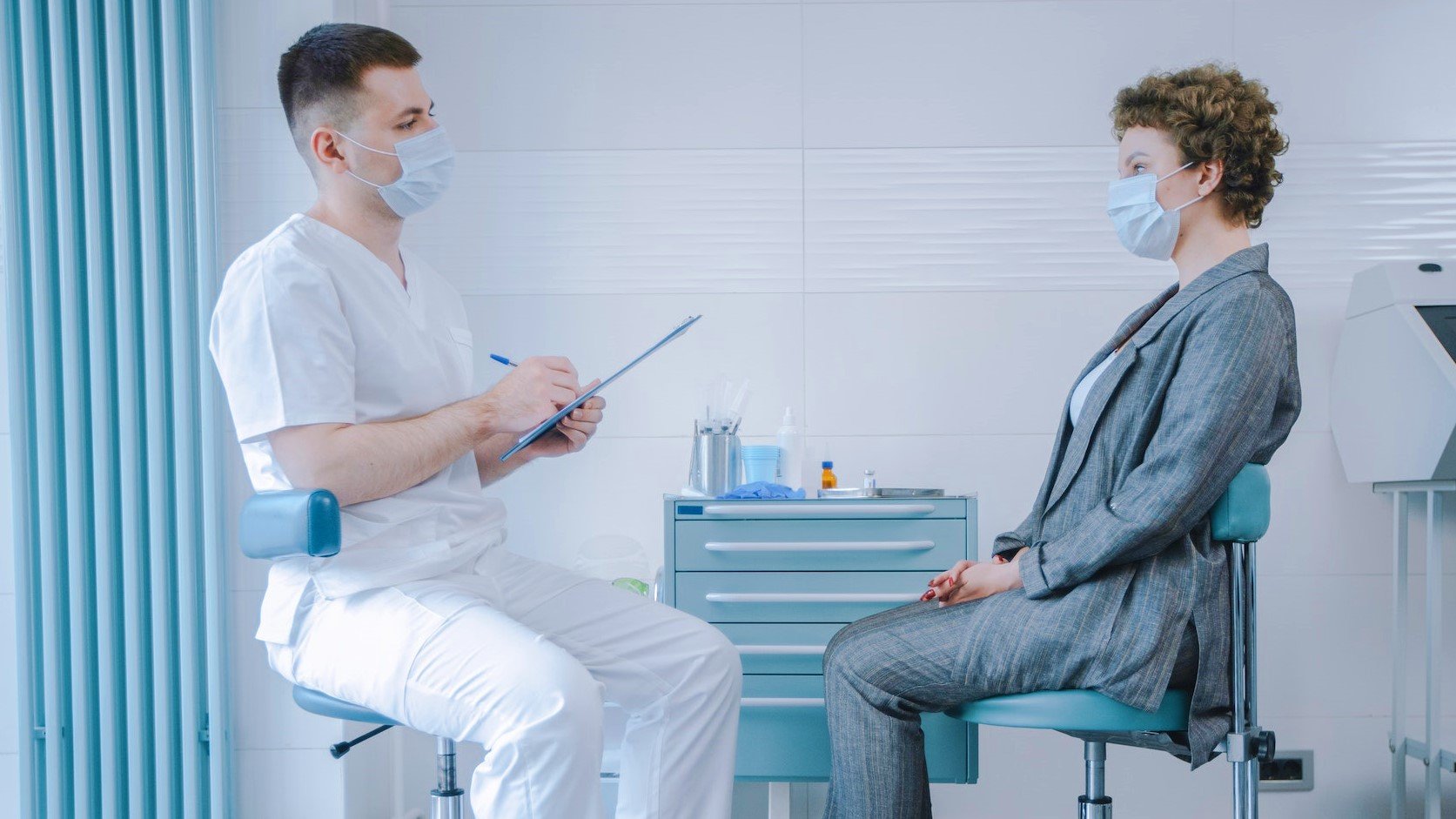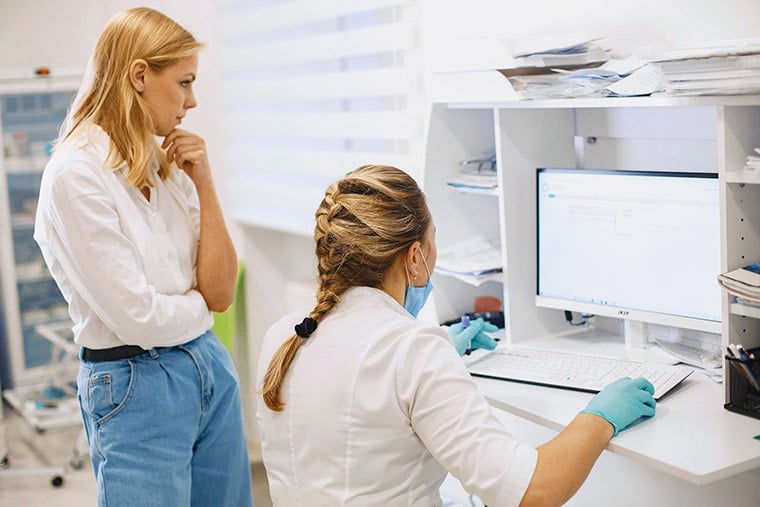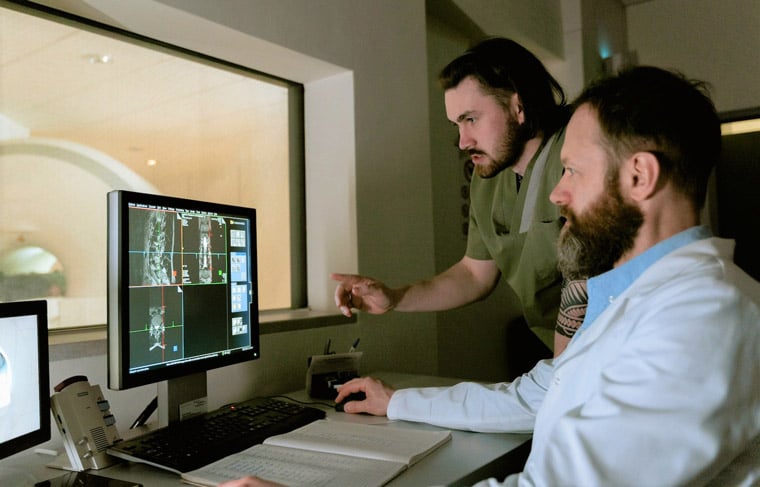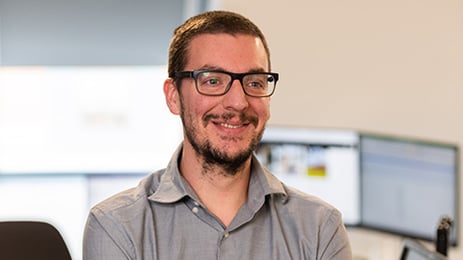
Increasing the value of a medical device through health data
February 2023
By Craig Townsend, Director of Healthcare at 42T
Greater insights into health conditions can be gained from real-world patient data. How can medical device companies use this insight to benefit end users and create higher quality devices?
The collection and use of patient health data continues to come under increased scrutiny. Collecting, processing, analysing, and sharing patient data can help reduce readmission, avoid medical errors, decrease repeat testing, identify new treatment options and benefit other patients through greater insight into conditions. It can also help in drug discovery efforts.
By analysing real-world patient data, drug targets can be identified, and clinical researchers can gather information faster. New treatments and drug repurposing opportunities have been found thanks to collected patient data, with AI biotechnology companies such as healx, Kuano and Pharmenable leading the way.

The collection and processing of patient data is having a positive effect on the world of healthcare, both at the point of care and beyond. But with data, comes data ethics. Patient data ethics can fall into two categories - unethical use of data, and data security.
Unethical use of data includes healthcare providers sharing confidential information without prior consent - for example, selling patient data. Data security includes targeted cyber-attacks which could be used for malicious purposes.
As specialists in medical devices, digital health and drug delivery, we have a unique opportunity to collect and use patient data to both benefit the patient at the point of care and gather valuable information for clinical research purposes.
Why is collecting patient data important?
Its estimated that out of the 700,000 hospital deaths that occur in the USA each year, over one third are preventable. This implies that 250,000 deaths are a result of medical error. These medical errors are often a result of healthcare professionals not having all of the necessary information to treat a patient.
Sudden Cardiac Arrest (SCA) accounts for 20% of natural deaths in Europe and survival rates for SCA are as low as 7%. If we could collect data about those who do survive, including medical history, physiology and prescription information, perhaps more of these deaths would be avoidable.

Patient data is also enabling medical device companies to monitor the effectiveness of treatments at the point of care. For example, patient records are an important factor when delivering dialysis to a patient, as treatment lengths can be adapted in real time based on the patient’s physiological response.
Which companies can benefit from collecting patient data?
Although most companies can benefit from collecting and ethically using patient data, certain business models / industries can really optimise the care they are providing for patients, through the use of patient data.
- Primary care – Many healthcare systems are struggling with growing and ageing populations. Emergency care services are already utilising patient data to triage more efficiently, prioritising care based on data gained from previous outcomes and patient histories
- Secondary care – Secondary care relies on optimising the treatment pathway for patients, ideally through a personalised approach. A digitised patient history enables quick decision-making and large patient data sets can be utilised to assess what treatments have worked in similar patients
- Drug delivery – Smart injectors, inhalers and infusion pumps are connected devices which can monitor dosage, regime adherence and safe administration, shifting the point of care to the patient's home
- Implants – Although potentially controversial (based on some negative press Medtronic received 10 years ago), data collection through implants is incredibly valuable. Post market surveillance of implants is challenging and if an implanted medical device can collect and feedback data, accessible by the patient, complications can be reduced, and we could achieve better implant outcomes.

- Diagnostics – Some diagnosis can rely on a healthcare professionals own medical expertise and there is often a degree of variability between physicians. Large patient data sets can create higher quality thresholds to better inform decision making.
- Consumer health – The goal of collecting patient data should be to improve the lives of the patient. Consumer health solutions are already empowering end users to manage their own health and to proactively identify issues that may require professional intervention.
- Rare disease – With over 7,000 rare conditions, there is a huge variation in how rare diseases manifest and are treated. This leads to delays in diagnosis and treatments. With more data being produced from those currently living with rare diseases, better treatment pathways can be designed based on what has / has not worked in other patients.
How to collect patient data for your medical device
Start by setting a goal for your activity. Do you want to reduce the workload of your support team by collecting data at the point of use? Maybe you want to create a more personalised experience for the end user.
You could also want to improve collaboration between patients and healthcare professionals. Or maybe you would like to better forecast and predict healthcare issues in populations.

Finally, it may be that you want to identify high risk / high cost patients using your device. Whatever the goal, make sure you set one. This will help decide the type of data you wish to collect.
There are a number of different ways to collect patient data depending on the measure. You can collect the details of medical records. Conduct patient surveys. Process administrative databases.
You could even collect ad hoc comments from patients using your devices, for example ‘do you like using this device / what would make things easier for you’. The data you collect from these sources may also be stored in different formats such as disease registries, electronic health records, personal medical records or electronic medical records.
Your device may be a connected device, enabling the collection of real time usage / interaction data. Or the device can take readings over the course of a moth / year to determine habits (this is true with many drug delivery devices, to monitor regime adherence).
You also need to consider the ethical implications of the data you are collecting and processing. Whatever the goal, you need to inform end users that you are collecting and processing their data and in many cases, you will need expressed written consent from the end user.

You are also responsible for protecting the confidentiality of personal information that you hold, so ensure you have a compliant security system in place for data handling and processing.
You can also talk to the experts when it comes to implementing a data collection system, in to your medical device, which will ensure whatever you choose to do is compliant, secure and delivers maximum value for your device.
How to make the best use of patient data
Your medical device is now collecting data and transferring it to the cloud for processing and interpretation. That’s great, but how can you make best use of this data to improve functionality and commercial performance?
Turn insight into product features
Depending on the type of data you are collecting and processing, you could start to explore opportunities in Artificial Intelligence (AI) or Machine Learning (ML).
Think about an application within radiology. If you are collecting and processing images of fractures and breaks, you can start ‘feeding’ these to an AI. This AI can then look for patterns and start to determine the severity of breaks. AI can ‘think’ more efficiently and work faster than a human radiologist and although it can’t replace a human radiologist, it can give them faster access to valuable insight.

A companion AI for your next X-ray, ultrasound, endoscope or MRI could give you competitive advantage in the market. Medtronic’s GI Genius is a great example of collecting patient data (in this instance, images of early colorectal cancer), training an AI to understand these images and then building that AI in to an endoscope, to support clinicians at the point of care.
Use customer feedback to optimise products
Not all patient data has to come from clinicians. Some of the most valuable insight can be gained via exploring how end users actually interact with your product. This is often known as ethnographic research or usability testing and is conducted via focus groups or interviews.
However, you could build data collection features to collect information without a person being present. For example, you could fit an accelerometer to your ultrasound machine. You could then start collecting data to assess the angle in which sonographers hold your device to produce the clearest images.
You could then redesign the handle of your ultrasound device to ensure end users are all holding the device at the same angle and producing clear images every time. Clear images, 100% of the time could be a market differentiation.
Build better relationships with end-users
You need to build a patient data strategy, the same way you would build hardware. Therefore, start by speaking with your end users (whether they be patients or healthcare professionals) and ask them what data they would find valuable.
Patients may be interested in outcome insights, for example, how quickly they are recovering after major surgery. Healthcare professionals may be more interested in procedure adherence, with data collected at the point of care being used to support them should something go wrong.
Whatever the case, build something which provides obvious benefit to the end-user and use that benefit to build better relationships with your customers.

If you would like to find out more, please contact Craig:
craig.townsend@42T.com | +44 (0)1480 309461 | LinkedIn: Craig
Share this article:
Related Articles

Healthcare & Life Sciences
The future of home healthcare: trends and innovation

Healthcare & Life Sciences
Right to repair: reshaping the medical equipment industry

Healthcare & Life Sciences
The hidden risks with smart injectors - is high-tech sacrificing usability?

What will you ask us today?
We believe in asking the right questions to drive innovation; when we know the right questions, we generate the ideas to answer them.

